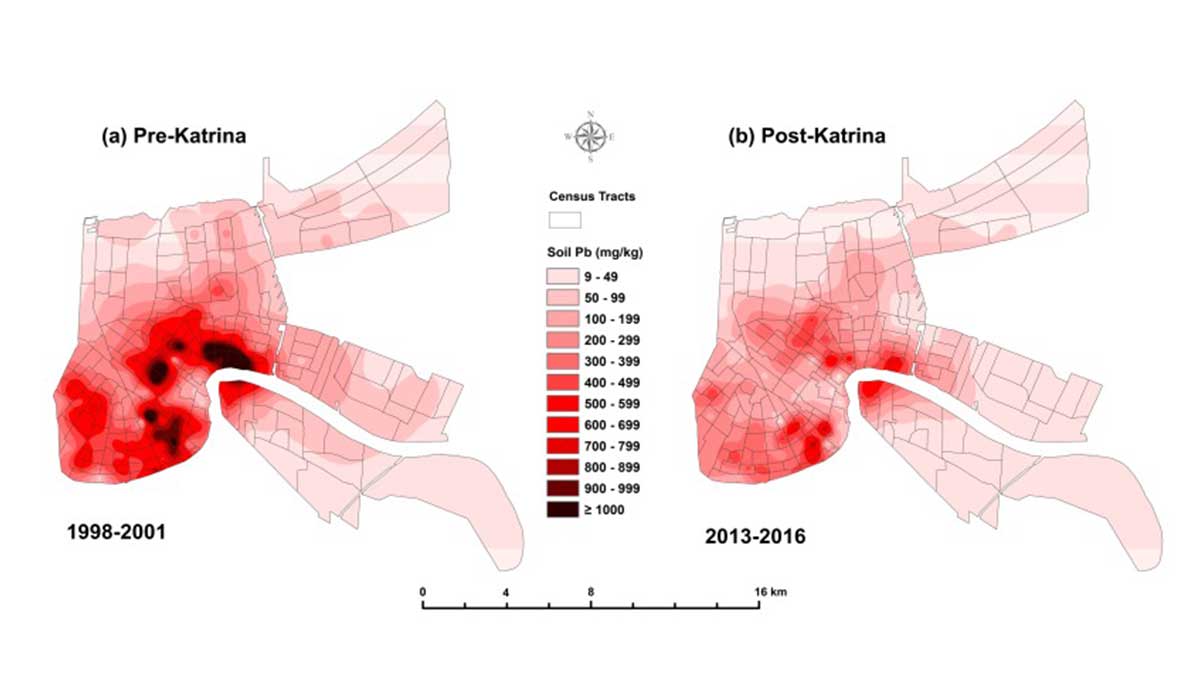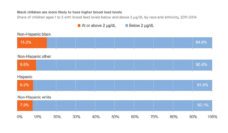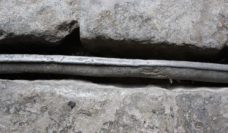After Hurricane Katrina researchers feared that storm surge flooding would cause heavy metal contaminants in soil to increase. Instead, they found that that lead levels dropped. This was good news for Dr. Mielke at Tulane University, who has committed his career to mitigating lead poisoning in children. For over two decades, Dr. Mielke and his students have collected soil samples in New Orleans to measure how lead in soil corresponds to blood lead in children. Researching soil lead levels before and after Katrina has given Dr. Mielke insight as to why lead concentrations in soil have dropped.
The maps above represent pre- and post-Katrina soil lead levels across 172 New Orleans census tracts. Tracts with darker red represent higher levels of contamination, concentrated in areas of high-industrialization along the river. After the Hurricane, soil lead concentration dropped by a factor of 2. Mielke and his team found that this corresponded with a drop in reported children’s blood lead levels by a factor of 2.5. Something had caused lead levels to drop over time.
Post-Katrina urban redevelopment may have helped to dilute and bury lead deeper below the surface as new soil was dumped for new houses. However, more recent findings from Mielke indicate that lead levels dropped ubiquitously between areas that did and did not undergo flooding and redevelopment. He suggests that the phasing out of tetraethyl lead from gasoline in 1970s and 80s may have had the most impact in reducing lead levels in soil and children. The removal of lead from gasoline was accomplished in the wake of the Clean Air Act signed into law in 1970.
Although dangerous levels of legacy lead are still concentrated in high-density traffic areas of the city, Mielke’s results are indicative of the positive change that can come about when public health policy prevails. Although long-term, daily exposure to low amounts of lead can still cause developmental harm, the levels that are present in New Orleans today present a much lower risk.
Databyte via Howard W. Mielke, Christopher R. Gonzales, and Eric T. Powell, Soil Lead and Children’s Blood Lead Disparities in Pre- and Post-Hurricane Katrina New Orleans (USA). International Journal of Environmental Research and Public Health.













